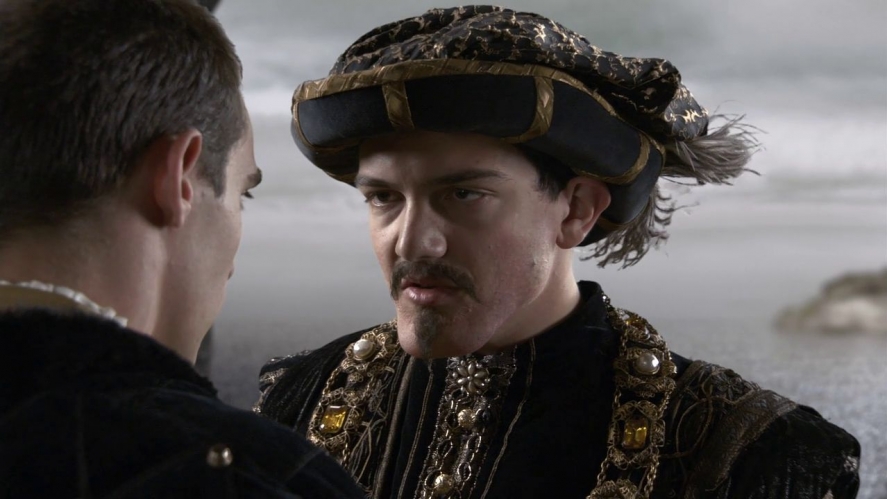On the 26th of May 1522, Holy Roman Emperor Charles V arrived at the English city-port of Dover. Cardinal Thomas Wolsey, Archbishop of York, as well as his entourage of approximately 300 Englishmen, specially selected for this occasion in advance, greeted the Habsburg emperor. At the time of the emperor’s arrival, King Henry VIII was not in Dover yet, but on the 28th of May he met his nephew through marriage with a great deal of pomp and joy, perhaps also with concealed envy, for Charles was so young and already the most powerful man in Christendom.
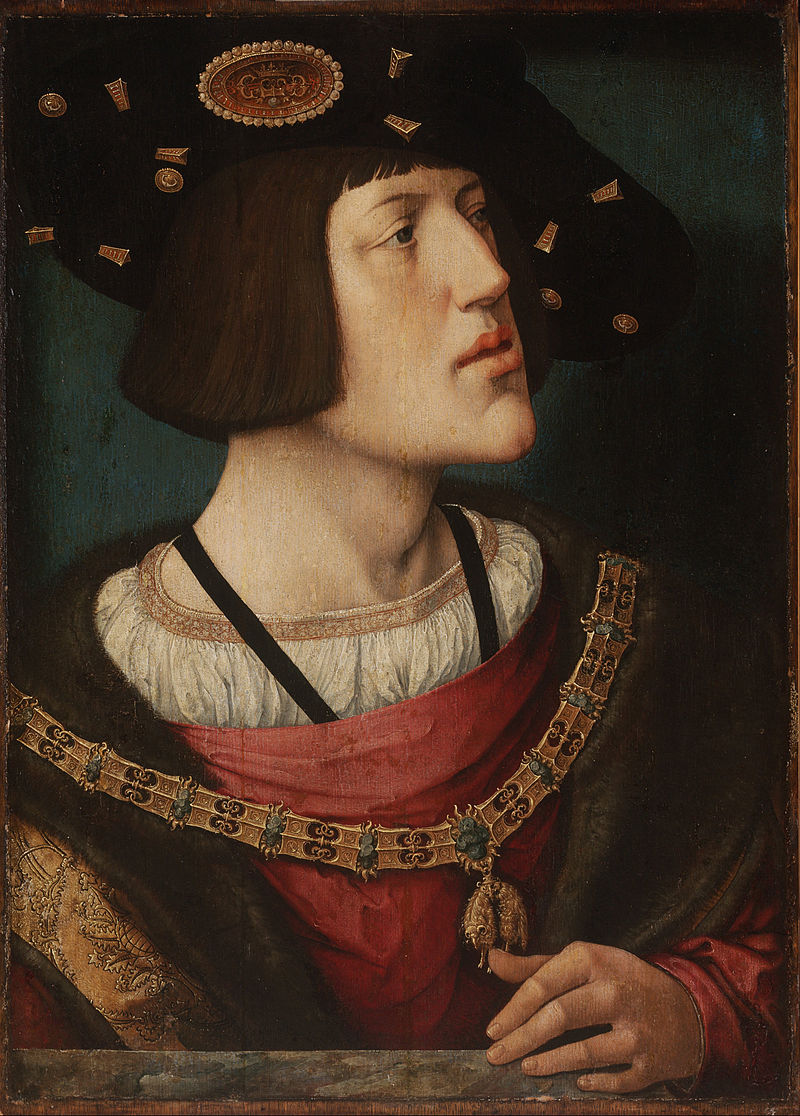
Henry VIII’s head was full of romantic medieval dreams of England’s triumphs over France. His illustrious namesake, King Henry V of England, had vanquished the French forces at the Battle of Agincourt in October 1415 during the Hundred Years’ War. At Agincourt, the best French chivalry had been annihilated, and France had been almost crippled, which had started a new period of English dominance in the war. Henry VIII detested that the only English remaining possession on the continent was Calais, dreaming of emulating his namesake’s successes on the continent.
Emperor Charles needed England as an ally against France during the ongoing Habsburg-Valois wars, concentrated in Italy. Thus, it was beneficial for Charles to inflate his uncle’s dreams and manipulate them to his own benefit. To seal their treaty, Charles consented to marry Princess Mary, the only surviving child of Henry VIII and his aunt, Catherine of Aragon, and the relevant agreement was signed. Perhaps it was Catherine’s offer to marry her only daughter into her Spanish family, thinking that by doing so, her position as the Queen of England would be more secure despite her many failures to give her husband a son.
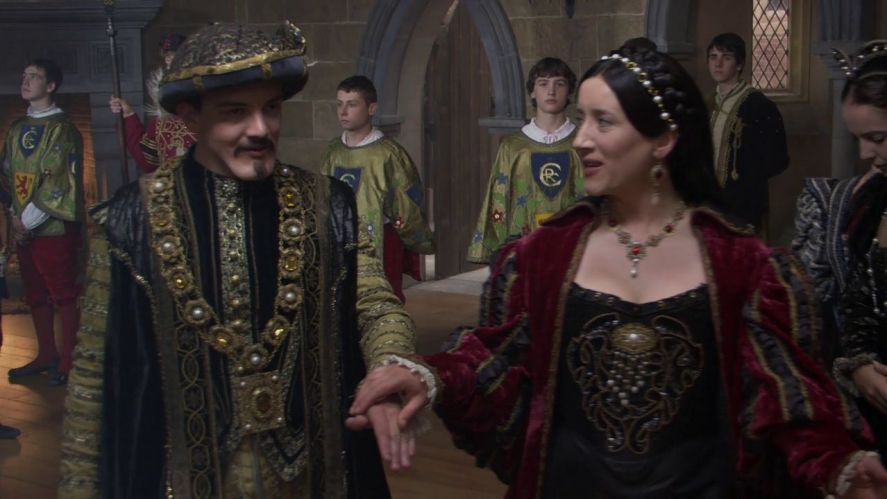
However, this marriage was a matter of inconvenience for the bridegroom. Princess Mary was his first cousin, and it would not be difficult to procure the necessary papal dispensation for this wedding. However, Mary was only six at the time of their betrothal, while Charles was an adult of twenty-two who needed to ensure that his vast domains would have a male heir in the near future. The legal age for women to marry would be in their early teens, so the emperor would have needed to wait for at least seven or eight years before he could wed his Tudor cousin. Obviously, Charles disliked this idea, but he desperately needed an Anglo-Imperial alliance.
Henry VIII and Charles V celebrated the Feast of the Ascension at Dover. Proud of his navy, Henry gave his guest a private tour on board one of his mightiest ships, one of them being the ‘Mary Rose’. Afterwards, Henry and Charles journeyed to Canterbury, where they were welcomed warmly by the city’s mayor and the aldermen, their trains traveling together with the two monarchs. Henry and Charles are known to have visited Canterbury Cathedral. On the 2nd of June, the two rulers were in Gravesend, from where they sailed by barge to the Greenwich Palace.
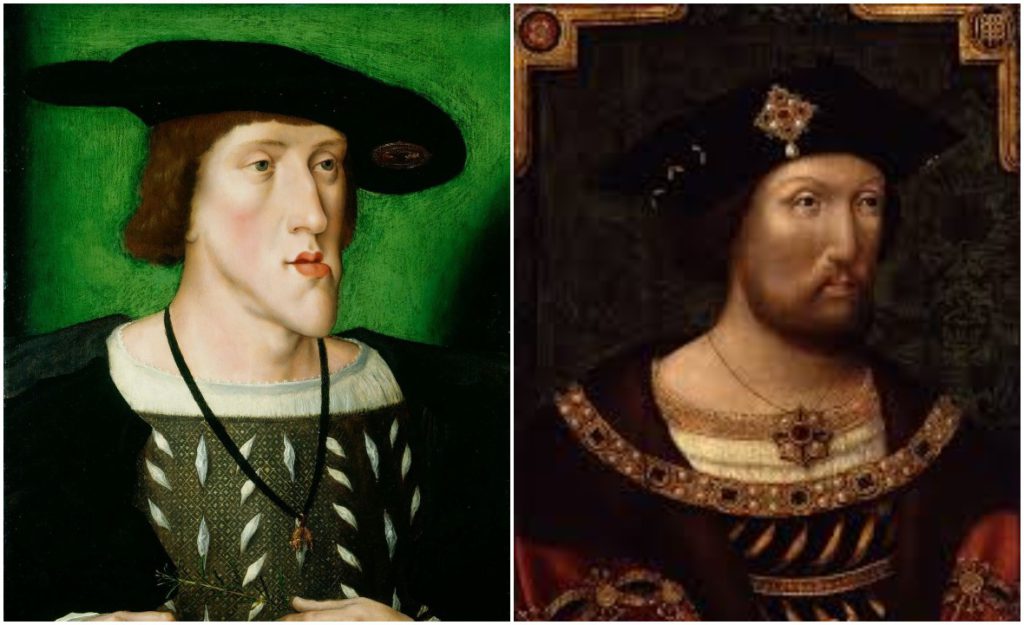
At Greenwich, Charles V was greeted by his aunt, Queen Catherine, in Spanish fashion. She blessed him to marry her daughter. Young Princess Mary welcomed her fiancé in Spanish style. Catherine must have encouraged her daughter’s enthusiasm to tie the marital bonds with the House of Habsburg. From childhood, Mary had been taught that one day, she would succeed her father as Queen Regnant, if her mother had not produced male progeny. By 1522, Catherine must have been sure that she would not have any other children, so all her hopes rested upon Mary’s marriage to the emperor and to their future progeny. Who would be better King of England than a half-Tudor, half-Habsburg monarch with an impeccable royal pedigree? The question is whether Catherine ever considered that England could simply become a province of Spain or Holy Roman Empire if Mary’s union with Charles had proceeded forward.
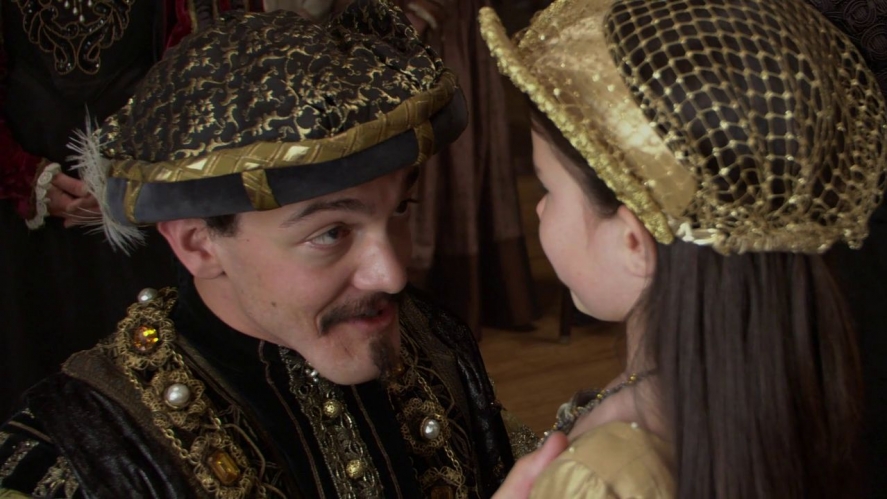
Charles was charmed with his little cousin, but I do not think that he was really going to marry Mary Tudor because of the age gap between them. According to contemporary sources, the emperor gifted her a pony and a goshawk, while Mary demonstrated to him and his entourage her musical skills, playing the spinet and performing a galliard. Soon Henry and Charles left the palace and rode through London in a ceremonial procession. The English monarch took his guest to several other places, including Richmond Palace and Hampton Court. In the middle of July 1522, Charles would leave England after both parties swearing to honor their military and betrothal agreements.
Charles would never return to England or meet Henry again. The English would invade France in 1523, while Charles de Bourbon, the once Constable of France, would betray King François and ally with the emperor. However, this war would prove that the emperor would not honor the signed treaty with England, and Henry’s enterprise in France would again be a failure, so the King of England would be disillusioned with Catherine’s family. Several years later, Charles would also break the betrothal and take Isabella of Portugal as his wife.
All images are in the public domain.
Text © 2020 Olivia Longueville

